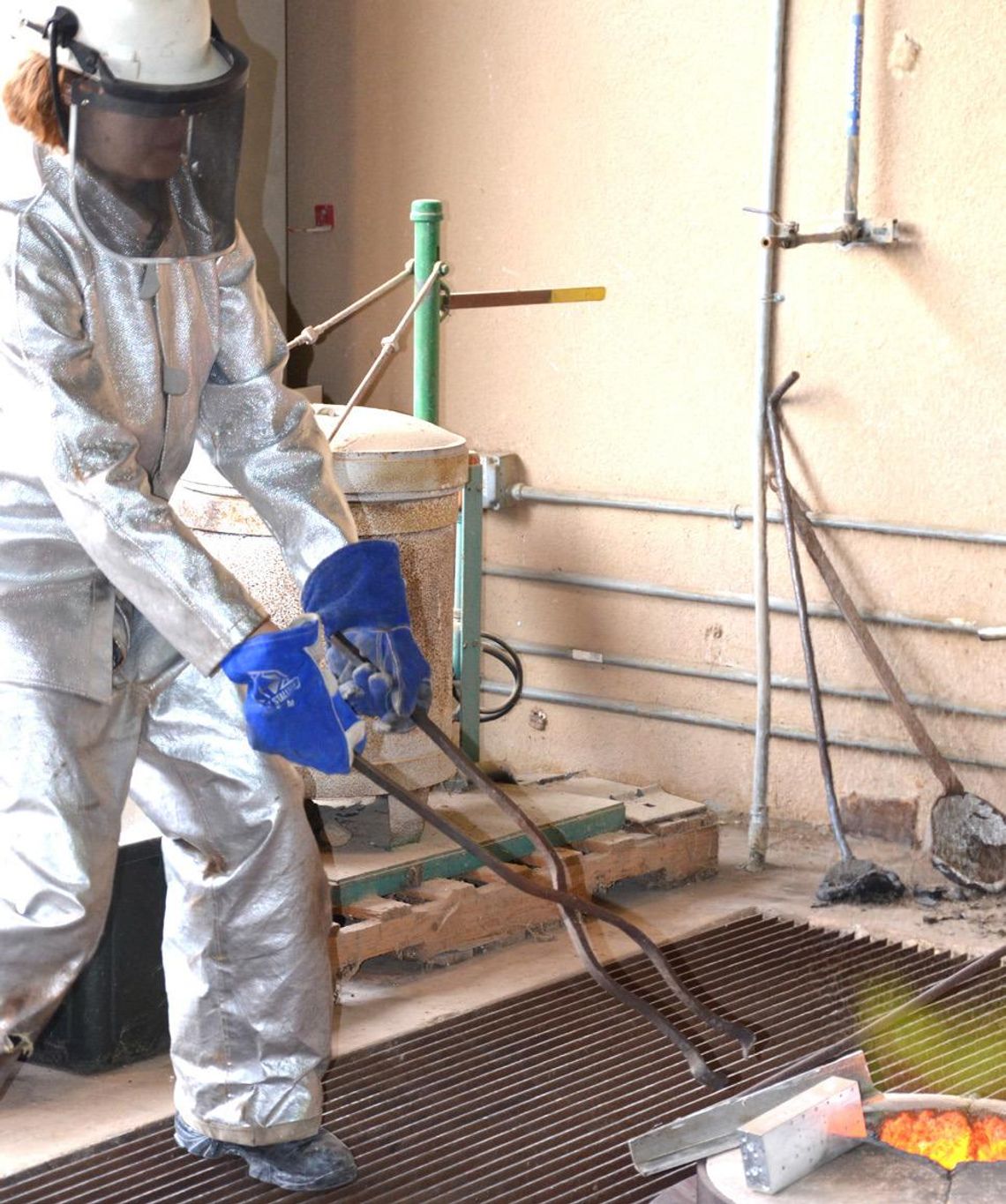Sculpture is a three-dimensional art form that uses a variety of techniques and materials to create visually appealing or emotionally evocative pieces. There is no right way to do it, and there are endless possibilities. Under the Sculpture Interim Area Head Sarah Hirneisen’s guiding hand, students at Texas State University are learning how to transform the ideas in their minds into three dimensional reality.
Hirneisen said she’s always been interested in art and studied glass at Rhode Island School of Design–her initial dip into sculptural media.
“They [RISD] have a lot of great departments, so I really experimented and tried out sculpture,” Hirneisen said. “I did metal casting there. I did electroforming. I did some jewelry classes and ceramics, so when it was time to go to grad school, I wasn’t so interested in pigeon-holing myself just into one media, but I really wanted to do sculpture because it was so all encompassing where you can explore so many different materials.”








